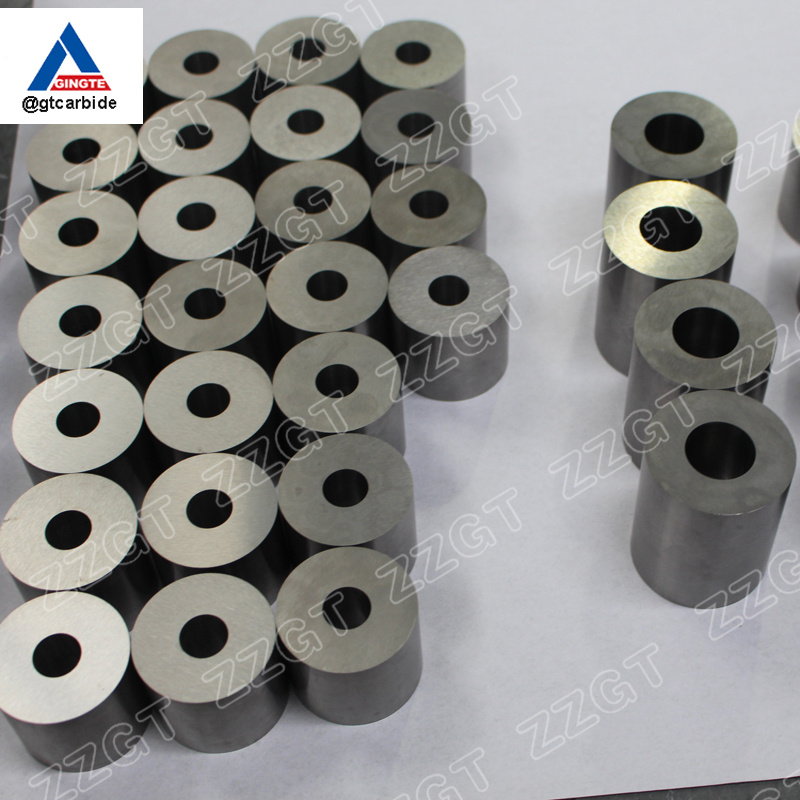Competitiveness is becoming more and more stressful in the world of manufacturing sectors, no exception for fasteners, precision and efficiency are crucial for consistently producing top-quality fasteners—bolts, screws, rivets, and more. Among the critical tools that enable this level of excellence is the header punch. From ensuring accurate head shape to improving overall productivity, the header punch plays a pivotal role in fastener production. In this article, we will explain what a header punch is, how it works, what factors to consider when selecting one, and how advancements in technology are driving innovation in this essential tooling component.
What Is a Header Punch?
A header punch is a specialized tool used in heading processes—both cold heading and hot heading—to form the head of a fastener from a metal blank. This process involves placing a piece of wire or rod stock into a heading machine and using force to shape the metal into the desired head configuration. The header punch precisely imparts the final form, ensuring each fastener is uniform and meets strict quality standards. Without a reliable header punch, achieving consistent shapes and dimensions in high-volume production would be a significant challenge.
How Header Punches Work
Header punches set up with the heading machines that exert tremendous force to deform metal without cutting or removing material. When the blank is positioned, the punch moves against it, shaping the metal into the required head style—be it a hex, round, pan, or other specialized forms. Proper punch design and accurate alignment are essential. Even minor deviations can lead to quality issues, such as off-centered heads or dimensional inconsistencies, resulting in costly rework or scrap.
Types of Header Punches
There are various types of header punches, each designed to meet specific production demands:
- Standard Header Punches: for making standard screws normally in DIN/JIS/ANSI/ISO with various head styles and drive types, often made from high-quality tool steels such as SKH9/M2/1.3343, these punches are versatile and suitable for a wide range of standard fastener.
- None-standard Header Punches: Ideal for complex geometries of designed metal parts, tool steel depend on the finished products, for example SKH59/M42/1.3247 for production of stainless screw
- Punch Pins: Ideal for complex geometries of designed metal parts, such as head with letters, Hex head, Triangle head, Square head, Torx, Torx Plus and Torx Tamper-resistant head, tool steels depend on the forming products
- Piercing Punch: Ideal for complex geometries of designed metal parts set up with a multi-station machine.
Materials and Coatings for Header Punches
Selecting the right material and coating for your header punch can significantly impact tool life and product quality. Common options include high-speed steels and carbide, chosen for their strength and wear resistance. Advanced coatings such as titanium nitride (PVD TiN) or PVD TiALN can further enhance surface hardness, reduce friction, and improve tool longevity. Although premium materials and coatings may increase initial costs, the long-term savings—in reduced downtime, less frequent tool changes, and higher-quality output—often justify the investment.
Key Factors in Selecting the Right Header Punch
Choosing the ideal header punch involves considering multiple criteria:
- Material Compatibility: Different metals and alloys respond differently to deformation. Select a punch material that matches the hardness and toughness of your raw materials.
- Punch Geometry: The shape, angles, and tolerances of the punch must align with the desired fastener head form.
- Production Volume: High-volume runs typically benefit from more durable materials and coatings, as they ensure longer tool life.
- Machine Compatibility: Ensure the punch is designed to fit your heading equipment and meet its operating parameters.
- Maintenance and Support: Reliable suppliers offer guidance on proper maintenance, helping you maximize the service life of each punch.
Advancements and Innovations in Header Punch Technology
The header punch market continues to evolution from time to time as innovation, embracing new manufacturing techniques and cutting-edge materials. Precision CNC grinding, additive manufacturing, and advanced heat treatments are all contributing to improved accuracy, faster production, and extended tool life. Additionally, data-driven approaches—like predictive maintenance software and smart sensors—enable proactive tool management, minimizing downtime and ensuring consistent, high-quality output across large production runs.
Quality Control and Maintenance
Regular inspection and maintenance are essential for sustaining the performance of header punches. Implementing a preventive maintenance schedule—complete with lubrication, proper storage, and periodic hardness tests—helps identify early signs of wear. By catching issues before they escalate, you can preserve tool quality, maintain consistent fastener dimensions, and avoid unexpected production halts.
Conclusion
In the world of fastener manufacturing, the header punch stands as a cornerstone tool, shaping raw materials into precisely crafted components. By understanding how header punches work, selecting the right type and material, investing in advanced technologies, and committing to ongoing maintenance, you can significantly boost production efficiency, reduce waste, and ensure your products consistently meet the highest standards.
About Our Company
We pride ourselves on delivering top-quality tooling solutions—custom-designed header punches that integrate seamlessly with your production line. Our expert team understands the nuances of modern fastener manufacturing and is dedicated to helping customers achieve superior results through innovative designs, premium materials, and unmatched support. Contact us today to discover how our state-of-the-art header punches and industry expertise can elevate your production efficiency and product quality.





